Torre De Manila Skyscraper Controversy: Can The ‘Pambansang Photobomb’ Still Be Stopped?
Dozens of high rise buildings are currently taking shape across Metro Manila, but one has attracted more controversy and column inches than all others combined: Torre De Manila, the 46-storey luxury condominium tower currently rising into the sky behind Luneta Park. Will the view across one of the city’s most culturally relevant heritage sites be changed forever, or can something still be done to stop the project?
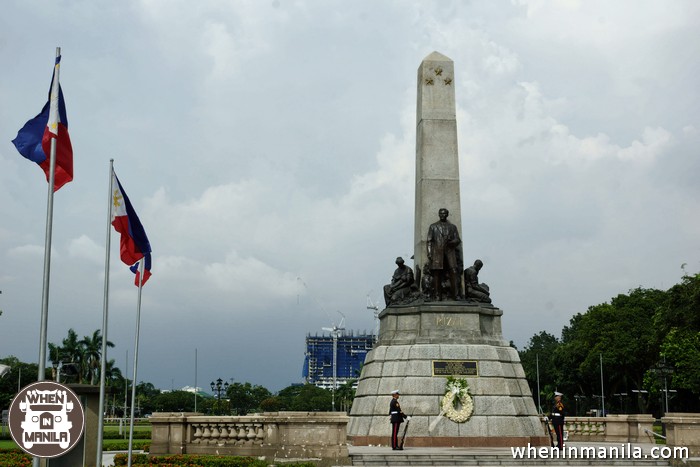
As construction work continues, many are worried about the impact the finished building – which has already been nicknamed ‘Pambansang Photobomb’ – will have on the skyline behind the monument of national hero Dr. Jose P. Rizal.
The residential tower, a development by DMCI along Taft Avenue, is clearly visible from the whole of Luneta Park and sticks out of the scenery like the proverbial sore thumb. While condo owners can look forward to unobstructed views over the surrounding areas, future visitors to the park will not be so lucky. The building appears to have reached roughly half its final height at the moment, and it already dominates the skyline when looking along the center line of the park from as far back as the Quirino Grandstand.
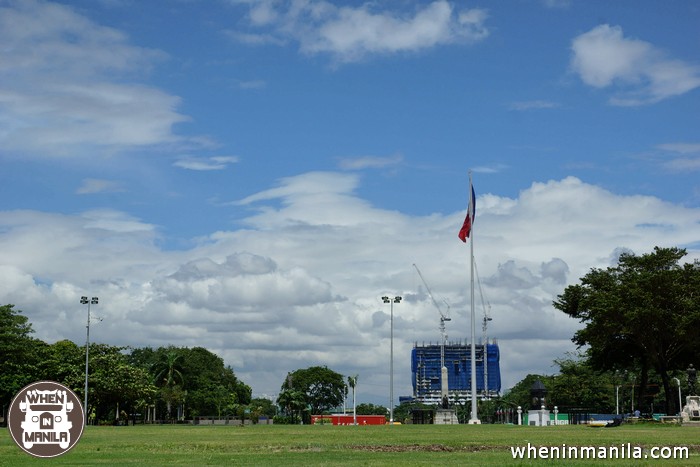
The picture is similar when seen from the other side, where the “Terror De Manila”, as opponents have called it, is now overshadowing Adamson University and St. Vincent de Paul Parish. The question on many people’s minds now is if anything can still be done to stop the project and preserve the views across this culturally sensitive area?
The answer to this, at least in theory, is definitely yes. Options to resolve the controversy could include the developer voluntarily changing the building back to its originally granted seven floors, and hence reducing its visual impact drastically, or the complete demolition of it.
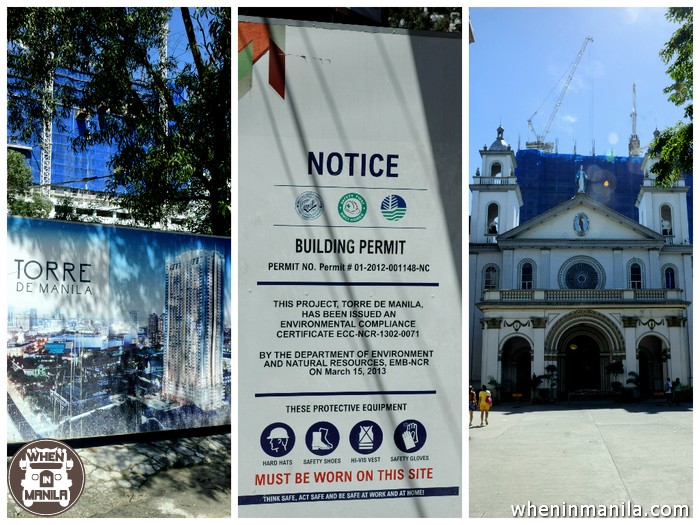
Completely demolishing a brand new high rise building may sound like a farfetched idea, but it is certainly possible as a recent case in Turkey has shown. The country’s highest administrative court ordered three newly built residential skyscrapers in the Zeytinburnu area of Istanbul to be demolished due to the project impacting the city’s iconic views. The legal action in this case started in 2011 and only recently came to a close after the buildings had already been completed, with the result being that Turkish courts value unspoiled views over the famous Blue Mosque higher than the interests of property developers.
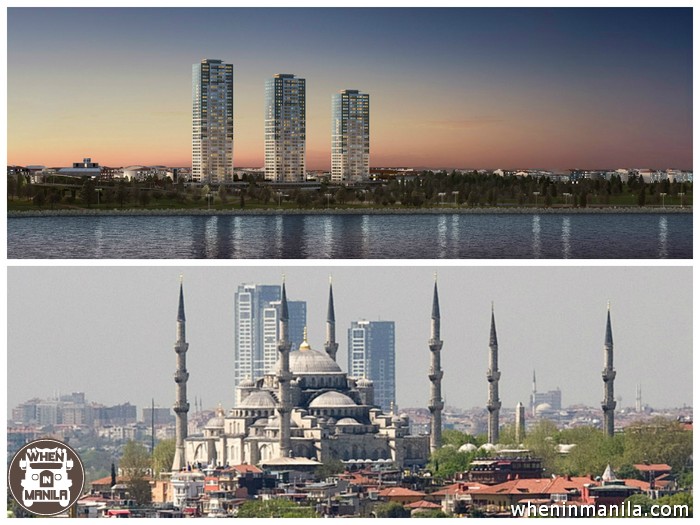
Closer to home, Senator Pilar Juliana “Pia” S. Cayetano also recently suggested that demolition could be an option opponents of the Torre de Manila condominium project could push for, and this approach to the issue is already being supported by the National Parks Development Committee (NPDC), National Historical Commission of the Philippines (NHCP), the National Commission for the Culture and the Arts (NCCA), and the Knights of Rizal. Her opinion is based on the way the company acted while building the structure under its initial, different building permit. At a recent Senate hearing, Cayetano observed that the developer committed “bad faith” when it continued work on the tower from 2012 to 2014, at a time when its zoning permit limited construction to seven stories in terms of floor area.
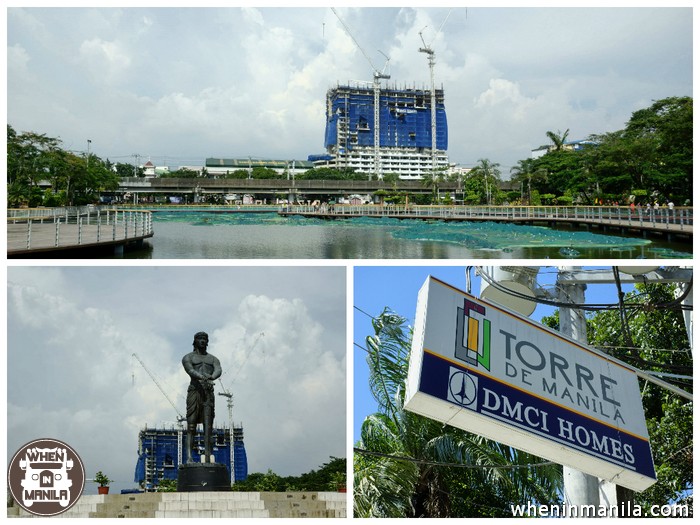
Citing the testimony of persons familiar with the matter, she said DMCI secured a zoning permit in June of 2012 that allowed the company to build only up to seven stories if the gross floor area was computed. The developer was then allowed to deviate from this earlier permit in an exemption granted by the Manila Zoning Board of Adjustments and approved by the city council in January of last year, Cayetano added.
“So that means that from June 2012 to January 2014, they were in bad faith. So to me the law is very clear, if you are in bad faith, you pay for the damages of whatever cost you incurred and whatever further damages to the environment are and to other persons,” Cayetano told reporters.
Asked if she would recommend the prosecution of DMCI, she said: “If I recommend prosecution, which most likely I will, I will cite existing laws to that extent.”
So will the building be reduced to rubble again soon? Many an opponent will certainly hope so, but it will require strong political will, public support and a favorable court ruling for the view across Luneta Park to be unobstructed again. Turkey has shown that it can be done, but can the Philippines follow this example?
Torre De Manila Skyscraper Controversy: Can The ‘Pambansang Photobomb’ Still Be Stopped?




